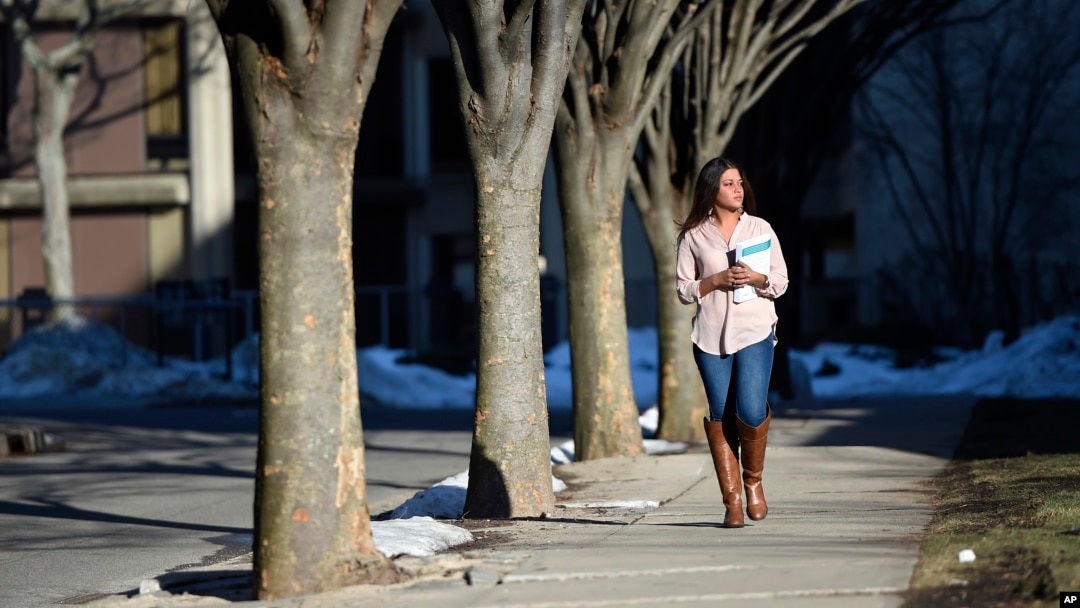A large number of community college students across the United States faces hunger and homelessness, according to a new study by the University of Wisconsin’s Hope Lab.
The study found that two-thirds of students go hungry, up from about half back in 2015.
And up to 14 percent of community college students were homeless, surveys in 2015 and 2017 found.
Community colleges in the U.S. serve nearly one in two undergraduates, the Hope Lab said, and "enroll by far the most economically and racially diverse students."
The study also said, "A dependent student from a family ... earning $21,000 per year would have to pay $8,300, or 40 percent of her family’s total income, for a year of community college," making it difficult to afford school, housing and food.
The report looked at "food insecurity," or a lack of access to nutritionally adequate and safe foods, "or the ability to acquire such foods in a socially acceptable manner." Despite working or reaching out for assistance, food insecure students struggled, the report said.
"Homelessness" was defined as having no place to live, or living in a shelter, an automobile, an abandoned building or outdoors. "Housing insecurity" meant the inability to pay rent or utilities or the need to move frequently.
Prevalent throughout US
"Little geographic variation” in food and housing insecurity existed, according to the survey results. Hunger and housing insecurity were prevalent across the country, the survey said. In California, "housing insecurity" among community college students reached 50 percent.
The 2015 survey polled 4,000 students at 10 community colleges. The 2017 study was expanded to more than 33,000 students at 70 community colleges in 24 states.
Students with children were also disproportionately likely to experience hunger and homelessness. About 32 percent of students experiencing food and housing insecurity were working and receiving financial aid.
The study also found that 30 percent of youths formerly in foster care were homeless while attending community college, compared with 13 percent of those not in the foster care system.
"Investments in food and housing assistance programs to help community college students complete degrees will yield dividends, helping individuals improve their employment prospects and reducing their need of future support," researchers said.
"Such strategies must become priorities of leaders in higher education," they said.


